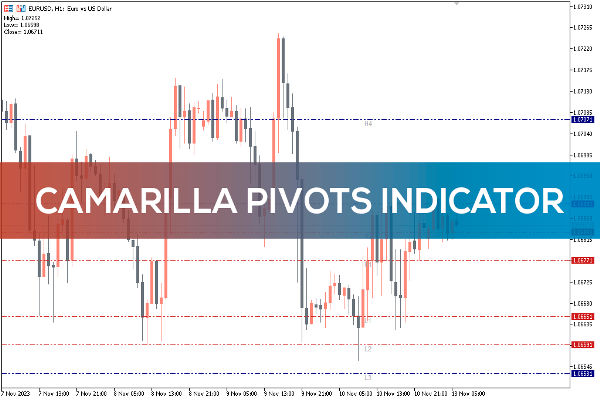Options have always been a highly respected trading tool that can bring
qualitative change to investors. It can not only improve investment thinking but
also significantly improve investment returns. Options trading is more complex
than stock trading, and new investors are often in a state of uncertainty. The
money is not clear, and it is difficult to keep the money, and sometimes even at
a loss, they give up options. Investors need to learn a lot and understand the
correct options trading methods and concepts in order to achieve significant
investment returns.

Many common mistakes can be avoided if they are understood at the beginning
of trading. It is surprising how many people who claim to be experienced options
traders still don't understand these myths. In this article, we will discuss the
three major myths that must be known before trading options.
The first mistake is choosing the wrong option strategy
Beginners in options are often attracted by the potential high returns or
promoted by others as very lucrative. Single-leg options may seem simple, so
they become the first choice of many new players, but this strategy is more
complicated than it seems; there are many factors to consider, and the risk is
not easy to control. For novice investors, it is difficult to stick to this
strategy and easy to lose money. In fact, it is not impossible to buy options on
one leg, but beginners must first learn a lot of options knowledge and trading
experience in order to successfully use them.
The best option strategy for beginners is the covered call strategy, a
bullish strategy that offers a steady income opportunity, reduces risk, and is
relatively simple to operate by selling an option contract on top of the 100
positive shares held. Compared to single-leg buying options, the covered call
strategy is more suitable for beginners, helping them learn options trading step
by step and earn a steady income.
The second mistake is ignoring the liquidity of options
Liquidity is an important concept in options trading, which refers to how
easy it is to complete a trade without affecting the price. The liquidity of
options is affected by a variety of factors, including the liquidity of the
stock, the volume of trading, the amount of open interest, and the
characteristics of the options contract. Ignoring the liquidity of options may
lead to buying at a high price and selling at a low price, increasing the
transaction cost and even affecting the profit of the transaction.
In order to avoid this misunderstanding, investors should carefully consider
the liquidity of options before trading them and choose options contracts with
higher liquidity. Looking at a stock's trading volume, volume, and number of
open interest, as well as factors such as contract expiration date and strike
price, can help investors assess the liquidity of options.
Third myth: Trading options as if they were stocks
Different from stocks, options have three dimensions, including stock price,
time, and volatility. Many novice investors tend to ignore the impact of time
and volatility on option prices and only consider the rise and fall of the stock
price. Options trading needs to take these three dimensions into account;
otherwise, even if one dimension is judged correctly, it will not necessarily
make money.
The way to solve this myth is to study before trading options and understand
the basics of options, trading thinking, and various options strategies.
Beginners should be cautious when entering the market; it is best to have
experienced people to lead to avoid losses due to a lack of knowledge.
Successful options trading requires in-depth research and technical analysis, as
well as an understanding of the market. Investors need to choose option
contracts wisely, develop risk management strategies, and adjust their positions
regularly.
Options trading is a high-risk, high-reward financial activity, but to be
successful, investors need to get rid of some common misconceptions, find the
right entry strategy, pay attention to the liquidity of options, and understand
the characteristics and risks of options. Through continuous learning and
practice, you can accumulate experience to succeed in options trading. Options
trading requires caution and patience, but if mastered correctly, it can be an
effective investment tool to help you achieve your financial goals.
Disclaimer: This material is for general information purposes only and is not intended as (and should not be considered to be) financial, investment or other advice on which reliance should be placed. No opinion given in the material constitutes a recommendation by EBC or the author that any particular investment, security, transaction or investment strategy is suitable for any specific person.







